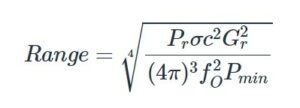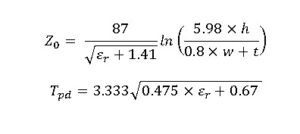Three-phase induction motors can experience various types of faults, with one common type being electrical faults. Electrical faults in a three-phase induction motor can include issues such as phase imbalance, where the currents or voltages in the three phases are not equal, leading to uneven motor performance and potential overheating. Another electrical fault is phase reversal, where the sequence of the three-phase supply is incorrect, causing the motor to run in the opposite direction or operate inefficiently. These electrical faults can arise due to issues in the power supply, wiring connections, or internal motor faults affecting the windings or insulation.
Faults in three-phase induction motors can encompass several issues beyond electrical faults. Mechanical faults, for example, may involve problems with bearings, shaft misalignment, or mechanical wear that affect the motor’s performance and longevity. Bearing faults can lead to increased friction, noise, and potential motor failure if not addressed promptly. Shaft misalignment can cause vibrations and uneven wear on motor components, affecting efficiency and reliability. Additionally, overheating due to excessive loads or poor ventilation can lead to thermal faults, causing insulation degradation and potentially damaging motor windings over time.
Three-phase motor windings can experience several faults that affect motor operation and performance. Common faults in motor windings include insulation breakdown, where the insulation between motor windings or between windings and the motor casing deteriorates, leading to short circuits or phase-to-phase faults. This breakdown can result from thermal stress, moisture ingress, or mechanical damage over time. Another fault is turn-to-turn short circuits within the winding itself, caused by insulation deterioration or manufacturing defects. These faults can cause erratic motor behavior, overheating, and eventual motor failure if not detected and repaired promptly.
Three-phase induction motors are a type of asynchronous motor that operates based on electromagnetic induction principles. They are widely used in various industrial and commercial applications due to their robustness, reliability, and ability to operate under varying load conditions. Three-phase induction motors do not require external commutation devices like brushes, making them simpler and more reliable for many applications. They are classified based on their rotor construction and starting methods, such as squirrel cage induction motors and wound rotor induction motors. Each type has specific characteristics that determine its suitability for different industrial and commercial applications.
The classification of faults in induction motors typically includes categories such as electrical faults, mechanical faults, and thermal faults. Electrical faults encompass issues related to the motor’s electrical supply, including phase imbalance, phase reversal, and voltage fluctuations. Mechanical faults involve problems with bearings, shaft misalignment, or mechanical wear affecting motor performance. Thermal faults arise from overheating due to excessive loads, poor ventilation, or insulation degradation. Classifying faults helps diagnose motor problems, prioritize maintenance tasks, and implement corrective actions to ensure reliable motor operation and extend motor lifespan.







